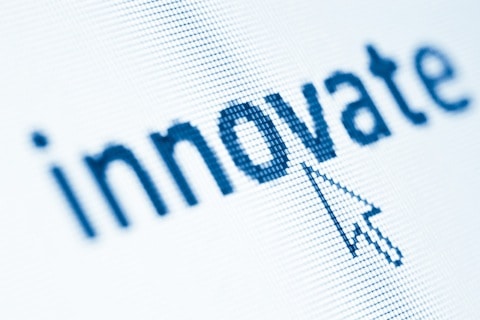The Need for Design, Planning & Implementation Support

This is not “EdReform.” We’re going through a phase change, one that is fundamentally altering the way human beings learn and develop, how they communicate their capabilities, and how the work and relate to the world.
The problem is that we don’t know how to make this change. We don’t really know what next-gen models look like (although we have a directional sense in that they will be personalized, engaging, dynamic, collaborative, relevant, and certified frequent assessment—some background, some public demonstrations). Our public institutions have been gutted—there is almost no change management capacity in districts or state agencies.
Some foundations have figured this out and have begun making new school development grants (e.g., NGLC) and district planning grants. There are some pretty good high level guides (e.g., Blended Learning Implementation Guide). The consulting industrial complex sees the gap, but it costs $1 million to have them deliver a van full of 23 year olds who build a deck and then disappear. Some districts have figured out that they could use help but won’t or can’t pay for services.
We have a cluster of service gaps: weakly articulated demand, weak ability to pay, and limited sector capacity.
4.0 Solution. I’m a fan of 4.0 Schools, a NOLA incubator of next-gen people, ideas, and orgs. One recent graduate of Matt Candler’s crucible is TrueSchool Studio, an applied research and action design firm partnering with school and districts.
CEO Amy Vreeland says they taking on three main buckets of work:
- In-School Accelerator: design studios, coaching, and programming to drive internal redesign, innovation, and intrapraneurship in schools.
- Micro-Pilot: partnerships with districts to pilot innovative learning approaches on a small-scale first, harness rapid cycle design to quickly improve results, and build the capacity of teacher-innovators to sustain and scale impact. TrueSchool’s technology micro-pilots help to inform large tech purchases based on the results of the pilot, therefore avoiding wasted resources and increasing effective implementation and faculty investment in new models of learning.
- Design-Thinking: applying the design thinking process to specific classroom, department, and school-wide challenges to quickly (within 48 hours) design a prototype of a potentially disruptive solution.
Since launching in July, TrueSchool has worked with over 300 educators impacting over 10,000 students.
They prototyped the In-School Accelerator with 75 teachers in Metairie, Louisiana last fall. This spring, they’re kicking off the first phase of the Accelerator in Chicago in collaboration with the Chicago Public Education Fund. They’re also leading micro-pilots focused on blended learning in two schools in Jefferson Parish, Louisiana which is exploring personalizing learning via technology across seven pilot schools.
TrueSchool is also working with Stanford and ThinkImpact to design an action-app focused on social innovation with a specific pathway on education innovators.
Focused first on empowering educators, TrueSchool combines PD and capacity building in a blended learning partnership with districts. “One way we are measuring our success is whether or not our work results in fundamentally new and different roles in the field if education,” said Vreeland. Recognizing the need for an individual who is expert in both curriculum and technology, Jefferson Parish designated a new “Director of Blended Learning” as a result their collaboration with TrueSchool.
“We’re aiming to rethink not only the design of classrooms, but also whole schools and district-wide systems — innovative staffing models, in particular, have big potential,” said Vreeland. (For more on leveraging great teaching with EdTech, see Opportunity Culture from Public Impact.)
About her interest in effective school models, Amy said, “Ultimately, it’s all about what’s best for kids — this human-centered approach is essential to creating thoughtful, high-impact instructional models and school-wide systems.”




0 Comments
Leave a Comment
Your email address will not be published. All fields are required.